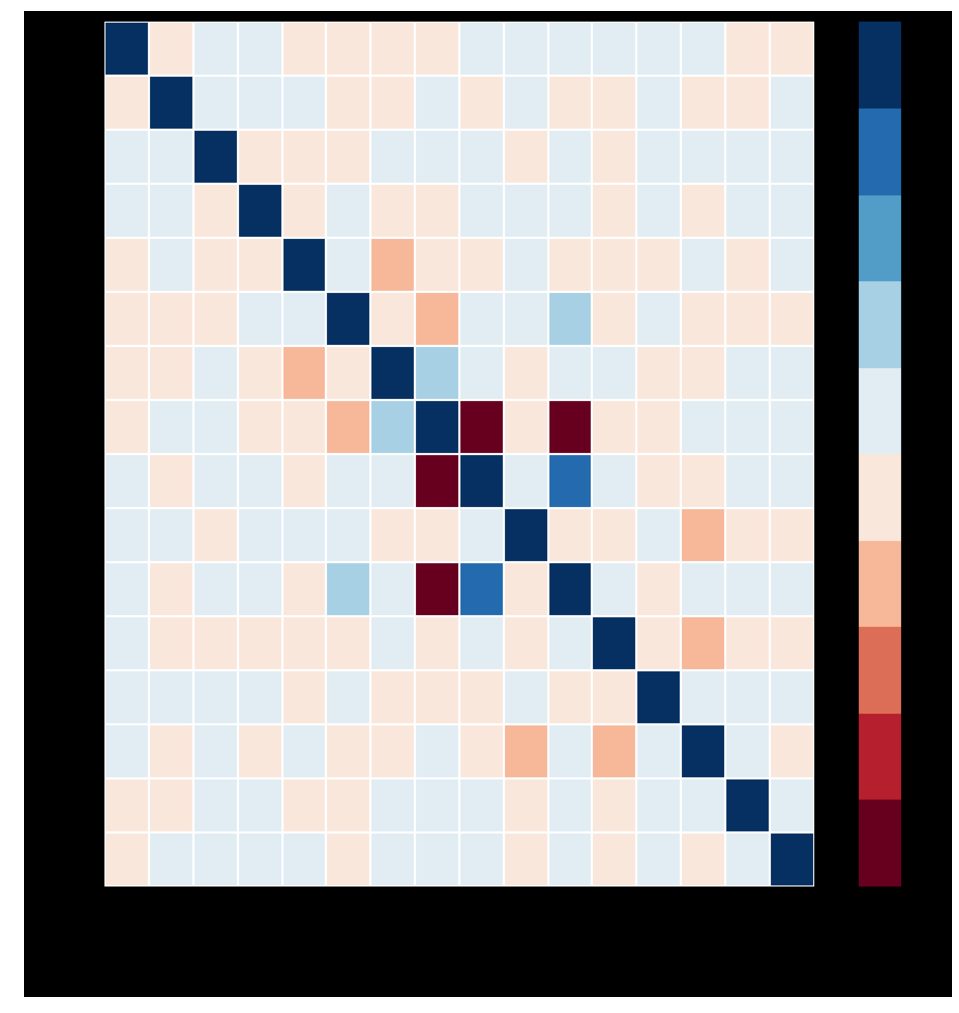| Authors: | E. Ayçoberry, V. Ajani, A. Guinot, M. Kilbinger, V. Pettorino, S. Farrens, J.-L. Starck, R. Gavazzi, M. Hudson |
| Journal: | A&A |
| Year: | 2022 |
| DOI: | |
| Download: | ADS | arXiv |
Abstract
Context. The Ultraviolet Near-Infrared Optical Northern Survey (UNIONS) is an ongoing deep photometric multi-band survey of the Northern sky. As part of UNIONS, the Canada-France Imaging Survey (CFIS) provides r-band data which we use to study weak-lensing peak counts for cosmological inference.
Aims. We assess systematic effects for weak-lensing peak counts and their impact on cosmological parameters for the UNIONS survey. In particular, we present results on local calibration, metacalibration shear bias, baryonic feedback, the source galaxy redshift estimate, intrinsic alignment, and the cluster member dilution.
Methods. For each uncertainty and systematic effect, we describe our mitigation scheme and the impact on cosmological parameter constraints. We obtain constraints on cosmological parameters from MCMC using CFIS data and MassiveNuS N-body simulations as a model for peak counts statistics.
Results. Depending on the calibration (local versus global, and the inclusion of the residual multiplicative shear bias), the mean matter density parameter Ωm can shift up to −0.024 (−0.5σ). We also see that including baryonic corrections can shift Ωm by +0.027 (+0.5σ) with respect to the DM-only simulations. Reducing the impact of the intrinsic alignment and cluster member dilution through signal-to-noise cuts can lead to a shift in Ωm of +0.027 (+0.5σ). Finally, with a mean redshift uncertainty of ∆z ̄ = 0.03, we see that the shift of Ωm (+0.001 which corresponds to +0.02σ) is not significant.
Conclusions. This paper investigates for the first time with UNIONS weak-lensing data and peak counts the impact of systematic effects. The value of Ωm is the most impacted and can shift up to ∼ 0.03 which corresponds to 0.5σ depending on the choices for each systematics. We expect constraints to become more reliable with future (larger) data catalogues, for which the current pipeline will provide a starting point. The code used to obtain the results is available in the following Github repository.




